- Joined
- Aug 15, 2000
- Messages
- 19,165
For others benefit, Sergey is referring to the angular size of the "peep hole".
Notice that the extra darkness caused by the peeop hole being larger changes the tone of the green, and is an additional source of darkness that can be confusing. Black in the ASET is to represent leakage.
The hand held ASET has a 2 degree peep hole, and I believe the desk top also has a 2 degree aperature.
In this image the shiny bule part is over exposed and is not 'blue', and the peep hole is white - but when your eye covers the lens it is dark to black as.
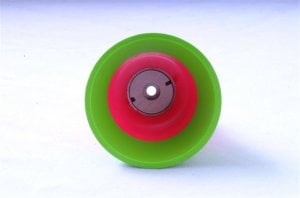
Notice that the extra darkness caused by the peeop hole being larger changes the tone of the green, and is an additional source of darkness that can be confusing. Black in the ASET is to represent leakage.
The hand held ASET has a 2 degree peep hole, and I believe the desk top also has a 2 degree aperature.
In this image the shiny bule part is over exposed and is not 'blue', and the peep hole is white - but when your eye covers the lens it is dark to black as.


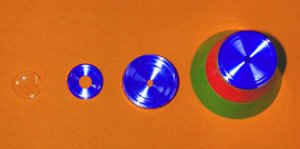
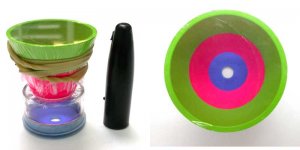

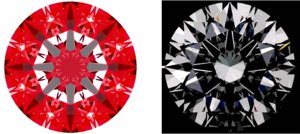
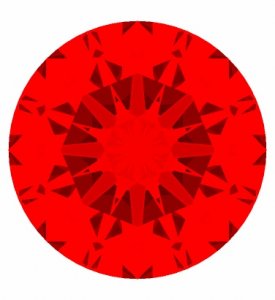


300x240.png)